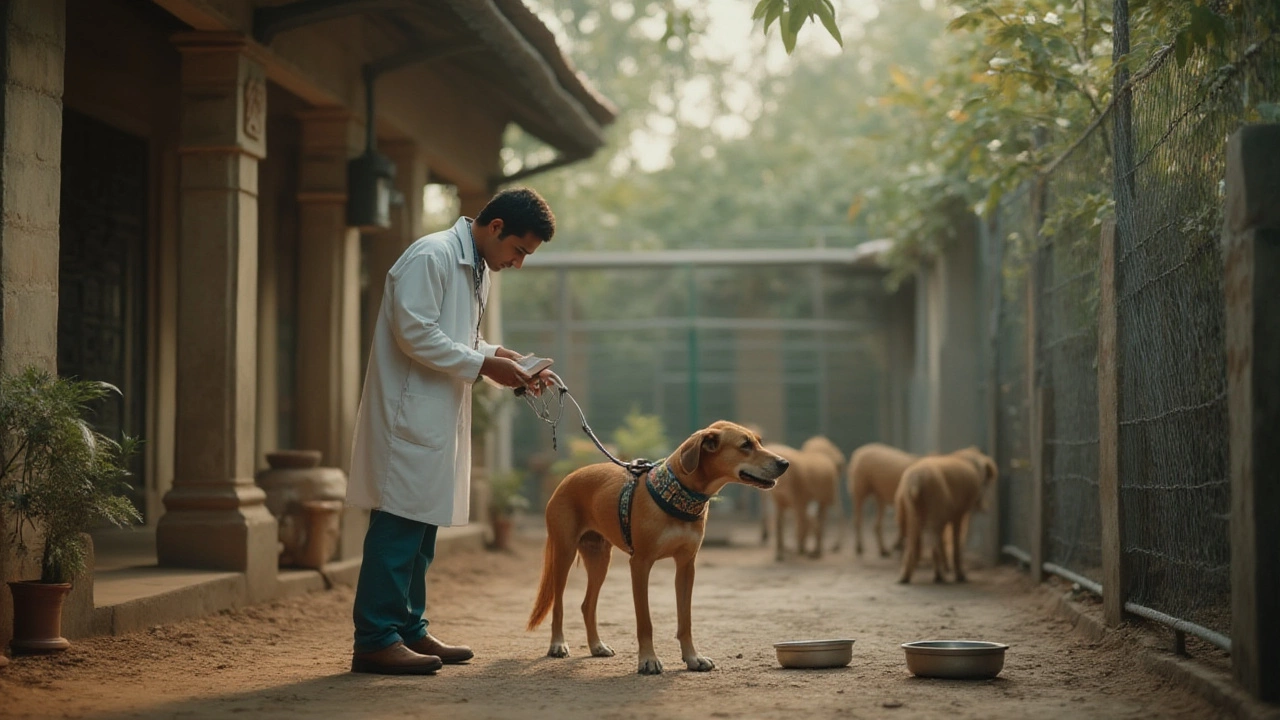Picture this: a wide, grassy field, animals basking in the sun, happy and relaxed. Maybe you’ve seen photos like that online of animal sanctuaries, and thought, “I want to help!” But honestly, not every place calling itself a sanctuary is doing right by its animals. Some spots care more about making money than about the creatures they claim to help. Want the real deal on how to spot the difference? It’s easier than you’d think, if you know what to look for.
What Makes a Sanctuary Truly Good?
The word “sanctuary” gets thrown around a lot, but it’s not some official title. Anyone can stick it on a sign. That makes it easy for visitors to get fooled, especially if all you see are smiling Instagram posts. A good sanctuary puts the animals first, always. So if the animals there don’t need to perform, entertain, or pose for endless selfies, you’re on the right track. The best sanctuaries focus on rescue, rehabilitation, and, if possible, releasing the animals back to the wild. Loads of places, especially the shady ones, call themselves “sanctuaries” just to attract donations or tourists. If you’re after the genuine article, look for facilities that have clear and public policies about not buying, selling, or breeding animals. In New Zealand, for instance, Wellington’s Zealandia explicitly states their goal is to restore species, not to display them.
If a sanctuary has more merchandise stalls than green space, pause for a moment. Good sanctuaries limit human-animal interaction. No feeding tigers on a leash, no holding baby animals for a fee. It’s a bad sign if staff encourage lots of touching, selfies, or handling. Instead, you’ll notice the animals getting to decide if they approach people—on their terms, no pushing. In some of the world’s top-rated sanctuaries, visitors never even see the most sensitive animals, because peace and privacy come first. Real sanctuaries will also have strict visitor rules and might cap numbers each day to avoid stress for their residents.
The Importance of Animal Care and Enclosure Design
It’s not glamorous, but pay attention to how the animals look and act. This is where the truth is hiding in plain sight. Healthy animals have bright eyes, smooth coats, and natural behaviour. You won’t see a tiger pacing nonstop by the fence, or a possum sitting hunched and listless. Instead, you’ll spot resting, play, foraging, grooming – whatever’s typical for the species. Now, check out those enclosures. The best sanctuaries recreate natural environments as closely as possible. If it feels like a zoo—bare cages, concrete floors, little shade—you might want to rethink your visit. Great sanctuaries go above and beyond with enrichment like logs, water features, and varied terrain. Animals can hide when they want, climb, or dig. Their diet is matched to what they’d eat in the wild, not just cheap kibble or donated leftovers.
Another dead giveaway is how staff interact with the animals. Are they respectful? Quiet? Or do they make a show for visitors? At good sanctuaries, keepers talk softly and move carefully. They let the animals call the shots, prioritizing comfort and safety. Facilities have quarantine areas for newcomers and sick animals. You might see “off limits” signs, and that’s a good thing! It tells you they value rest and healing over ticket sales.

Transparency: The Key to Trust
Want to know if a sanctuary is legit? Check how open they are about what happens behind closed doors. A good place will show you exactly where donations go, who runs the sanctuary, and how the animals arrived. Most reputable centres publish annual reports, with numbers and outcomes. Some even join international groups like the Global Federation of Animal Sanctuaries (GFAS) or the Pan African Sanctuary Alliance. It’s not just window dressing—membership requires meeting strict welfare standards. Here in New Zealand, places like the Wildbase Recovery centre allow visitors to see veterinary treatments through glass, so nothing feels hidden or suspicious.
Ask about their funding. The strongest sanctuaries have a mix: grants, donations, maybe a small retail shop, but not all eggs in one basket. If a place relies heavily on “pay to play” experiences, be wary. Sometimes, dodgy spots keep animals purely as photo props or to rake in cash. Another tip: poking around reviews isn’t a bad idea, but focus on comments about animal welfare, not just how “fun” it was. If someone mentions seeing lots of distressed or visibly sick animals, take that as a red flag. If you message or email a sanctuary and get clear, straightforward answers to your questions, that’s promising. Evasive or generic replies? Time to move on.
No Breeding or Selling: Why This Matters
Here’s a fact a lot of people miss: proper sanctuaries don’t breed or sell animals. Why? Because their main aim is to give rescued creatures a home for life, not to turn a profit or churn out babies. Sadly, less scrupulous spots might breed cubs just to let people cuddle “babies,” then quietly move them on when they grow up. These animals may end up back in illegal trade—or worse. That’s not sanctuary, that’s business. Authentic places can often name the origin story of each resident, whether they were rescued from the wild, the pet trade, zoos, or as illegal exotics. Look for simple explanations: this goat used to wander roads after a farm closed, that cockatoo was rescued from an apartment, etc. The best places often work with enforcement officers or conservation groups—they don’t act alone or in secret.
Ask directly: “Does this sanctuary breed, sell, or loan out its animals?” If the answer is anything but a clear no, something’s off. You can also look for sanctuaries that spay/neuter animals when possible, and always put their residents’ well-being over any temptation to raise new animals for profit. Rescue spaces with big signs reading “Not for Sale” or “No Handling” are sending the right messages. The highest standard of sanctuary is a forever home, not a stopover for a business pipeline.

Spotting Red Flags and Standing Up for Animals
It’s easy to get swept up in cute faces and heart-tugging stories, but you’re part of the solution every time you choose which sanctuary to support. Hidden warning signs are everywhere once you know what to look for. Are animals forced to perform, interact with people, or live in crowded pens? Does the facility advertise circus-like shows or “close encounters” with wild creatures? If you see big cats, primates, or bears handled or walked on leashes, something’s probably wrong. And while we’re at it, avoid places where you can buy souvenirs made from animal products—think ivory, feathers, or fur. That’s not sanctuary-like behaviour, that’s exploitation.
It’s okay to be curious: if you spot a facility in your area, visit during opening hours and watch closely. Note if the animals can escape from public view, and if the staff are happy to answer honest questions about everyday operations. Ask other visitors what they observed. Another trick? Many genuine sanctuaries offer volunteering, but nothing sketchy; volunteers help with cleaning, feeding, or enclosure building—never handling wild animals as perks for signing up. Social media is revealing too: scroll through older posts and see if the focus is on education, animal stories, and real rescue work—not just endless pictures of visitors surrounded by animals.
Word gets out about bad actors. If you see persistent protests, controversy, or news stories about animal mistreatment tied to a sanctuary, pay attention. Trust your gut: if something feels staged or pushed, or if the animals look bored, stressed, or out of place, don’t ignore those doubts. Supporting a good sanctuary isn’t just about where you spend money, either. Sharing knowledge with friends, paying attention to who you follow on social media, and reporting concerns if you see shady practices—all of that can make a real difference. Animals deserve a place to live in peace, not to be a backdrop for someone’s social media or a quick buck.
Finding a place that values its animals as individuals, with respect and privacy, and that stands for long-term care over entertainment—that’s the heart of a animal sanctuary. You now know the signs, so next time you feel inspired to visit or donate, you’ll have everything you need to make sure your support is landing in a place where every creature gets the life they deserve.
